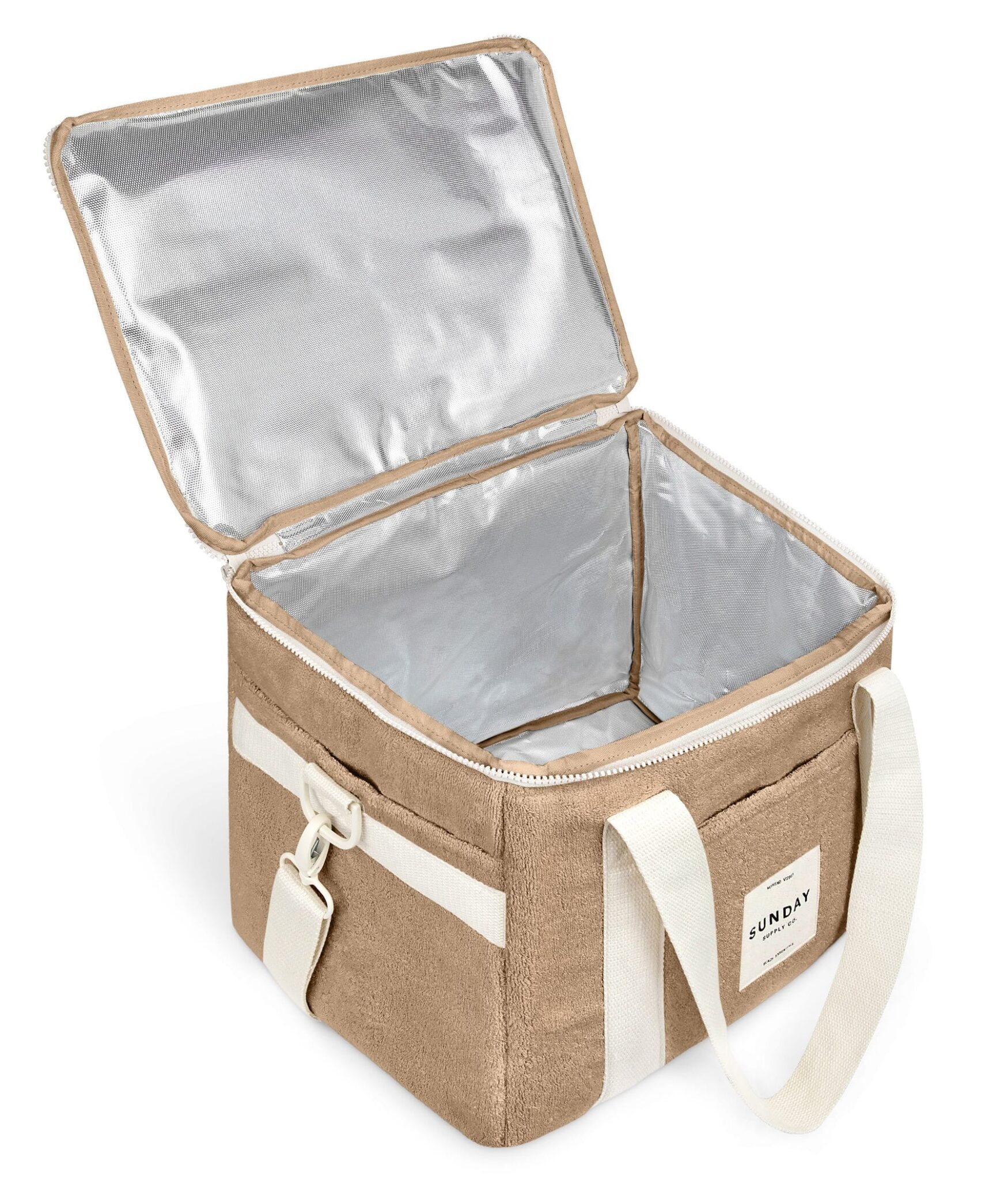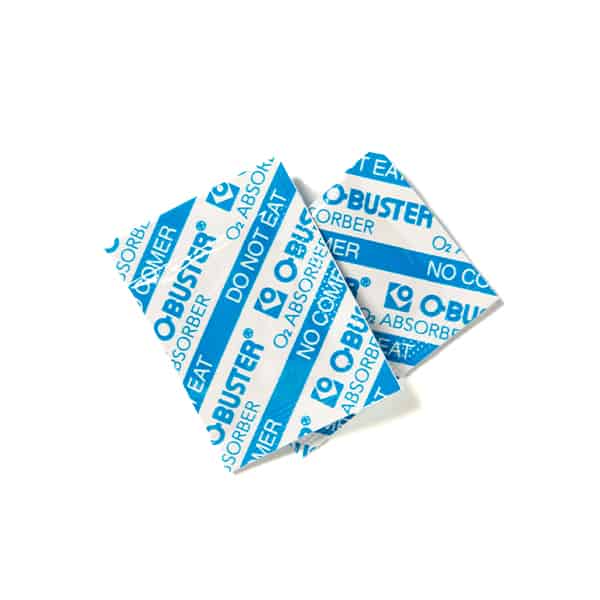New
The Cost-Saving Benefits of Using Interchangeable Moulds in Tray Sealers
In the highly competitive food packaging industry, businesses constantly seek ways to reduce costs while maintaining high-quality standards. One effective solution is the use of interchangeable moulds in tray sealing. This feature not only offers operational flexibility but also significantly reduces expenses related to equipment, labor, and production time. In this article, we’ll explore how interchangeable moulds in tray sealers can help companies save money and boost efficiency.
1. Reduced Equipment Costs
One of the most obvious cost-saving benefits of using tray sealers with interchangeable moulds is reduced equipment expenses. Without this feature, businesses would need to invest in multiple tray-sealing machines, each dedicated to handling different tray sizes. This would increase the initial investment and require more space and resources to maintain several machines. With interchangeable moulds, a single tray sealer can accommodate multiple tray sizes, eliminating the need to purchase separate machines and reducing capital expenditure.
2. Lower Maintenance and Repair Costs
Maintaining several machines often leads to higher maintenance and repair costs, as each machine requires regular upkeep, replacement parts, and service time. By using a tray sealer with replaceable moulds, businesses can centralize their maintenance efforts on one machine, minimizing the overall cost and time spent on repairs. Additionally, fewer machines mean lower chances of mechanical failure, further reducing downtime and the need for expensive repairs.
3. Increased Production Flexibility
The ability to switch between different tray sizes with interchangeable moulds gives businesses more flexibility in their production processes. Whether they are packaging small portions or larger trays, companies can adapt quickly without having to purchase additional machines or reconfigure their production lines. This flexibility is particularly valuable for businesses that handle multiple product lines or seasonal items, as they can easily adjust their packaging formats to meet changing market demands. This adaptability not only saves money but also improves production efficiency.
4. Reduced Labor Costs
In traditional packaging setups, switching between different tray sizes often requires manual adjustments, machine reconfiguration, or even swapping out entire machines. These processes are labour-intensive and can result in extended downtime, leading to inefficiency and higher labour costs. With interchangeable moulds, however, the changeover process is quick and straightforward, requiring minimal manual intervention. This reduction in labour-intensive adjustments can lead to significant savings in labor costs, as fewer employees are needed to operate and manage the tray-sealing process.
5. Optimized Production Time
Downtime during production changeovers is one of the main factors that can drive up costs in a packaging operation. Traditional setups may require long periods of machine reconfiguration or tray size adjustments, halting production and delaying orders. With a tray sealer that utilizes interchangeable moulds, businesses can minimize downtime by rapidly switching between moulds for different tray sizes. This optimized production time ensures that packaging lines run smoothly and efficiently, allowing businesses to meet tight deadlines and boost overall productivity.
6. Enhanced Return on Investment (ROI)
Although the initial investment in a tray sealer with interchangeable moulds may be higher than that of a standard machine, the long-term savings far outweigh the upfront costs. Reduced equipment, labor, maintenance, and inventory costs contribute to a higher return on investment. Over time, businesses can recover their initial investment while benefiting from increased efficiency, reduced overheads, and greater flexibility in their packaging operations.


























